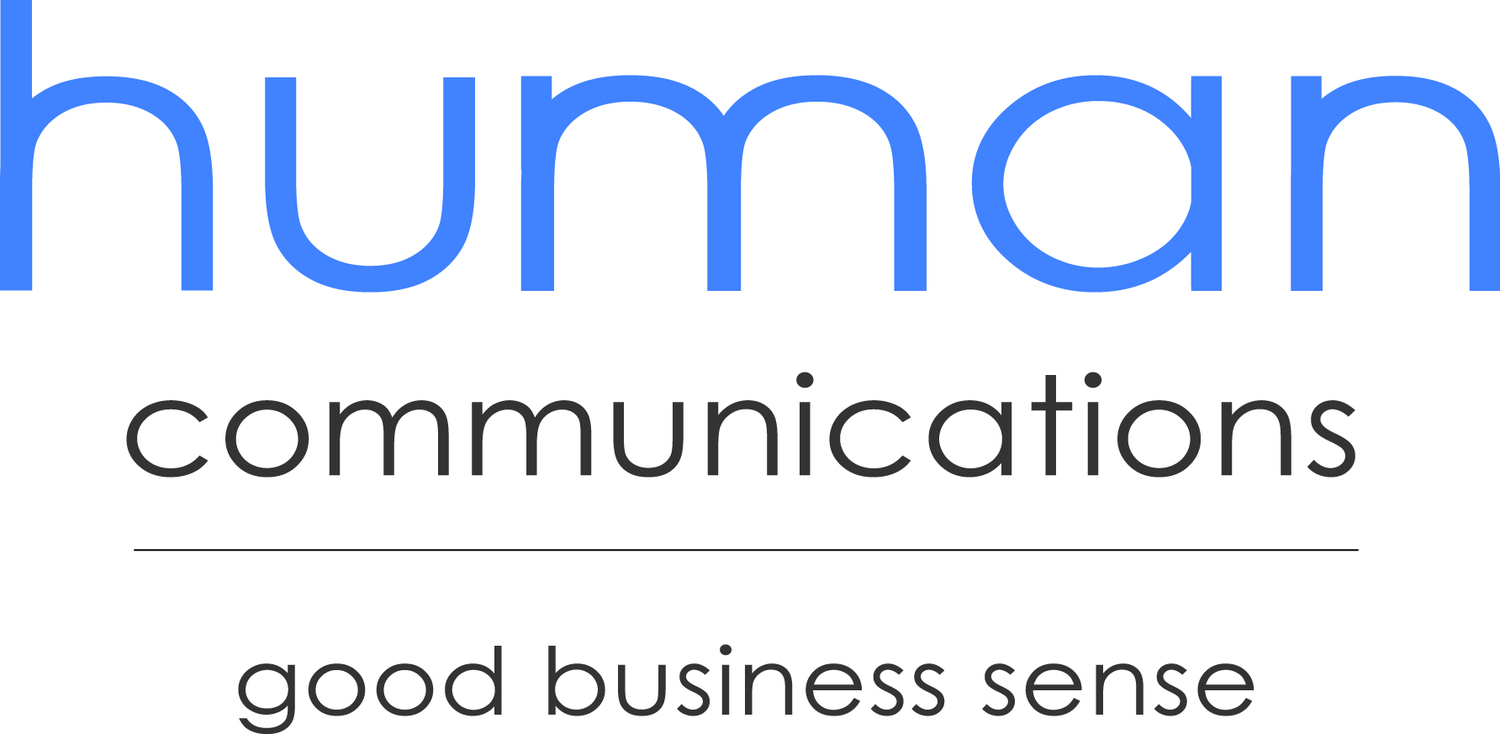What does the shift to digital mean for your business?
When leading Australian media company Fairfax Media recently announced a plan (PDF, 1.4MB) to cut jobs, shrink the format of its flagship newspapers, and put up an online paywall for its digital content, the news caused concern throughout the media industry.
But the move reflected a very real trend in its readership. Fairfax found that around 65% of the readers of its titles The Sydney Morning Herald and The Age were now reading these titles digitally, rather than as traditional newspapers. As a result, it decided to reduce the cost of its print operation, and will even keep open the option of moving to a digital-only model in future.
This shift is interesting if you're involved in communications and marketing because of the broader trend it reflects. As print readership declines in the media sector, the same shift is being seen by businesses. Last year’s survey by the Content Marketing Institute, for example (covered in this recent post), noted a decline in the use of printed content among respondents.
Between 2010 and 2011, the survey found, the use of print magazines fell from 42% to 31% among business respondents, while the use of printed newsletters dropped from 25% to 20%. At the same time, digital content increased, with blog usage rising from 51% to 65%, and the use of digital white papers increasing from 43% to 51%.
So, does this spell the end for printed newsletters and customer magazines? Not just yet. When considering what works best for your business, it’s important to think about what your audience prefers. There are likely to be people who still enjoy holding something tangible when they read, while others will prefer the convenience and ease of having their content available digitally. If you're not sure which camp your readers fall into, why not conduct a survey to find out?
You should also consider how you interact with your customers. If, for example, you run a retail business and meet your customers face-to-face each day, it can make sense to have a printed magazine or newsletter that they can pick up in-store, and take with them when they leave.
But if your main contact with customers and prospects takes place online, and you rarely meet them in person, your focus is more likely to be on having the right content available in digital format.
There is also the issue of cost. The marginal cost for most digital publications is a lot lower than the cost of producing a printed version of the same content. However, if you are already creating a printed product, it will usually be fairly inexpensive to make a digital version available too.
And some publications are still often better suited to a printed format. If you are producing a special publication to mark a business milestone, for example, a hardback coffee table book will probably add to the sense of occasion. Or if you produce a biannual customer magazine, you may have more success getting your readers to open a printed publication that arrives on their doorstep, than asking them to open an emailed link.
In the end, a well-created and engaging piece of content will still attract readers, whether it’s something customers can pick up and read at their leisure, or a piece of digital content available online. The important thing is to ensure that you know what your readers prefer. The answer may surprise you.
Has your business experienced a shift from printed to digital content? Are there any publications that your customers still prefer to receive in printed format? Share your experiences in the comments below.

